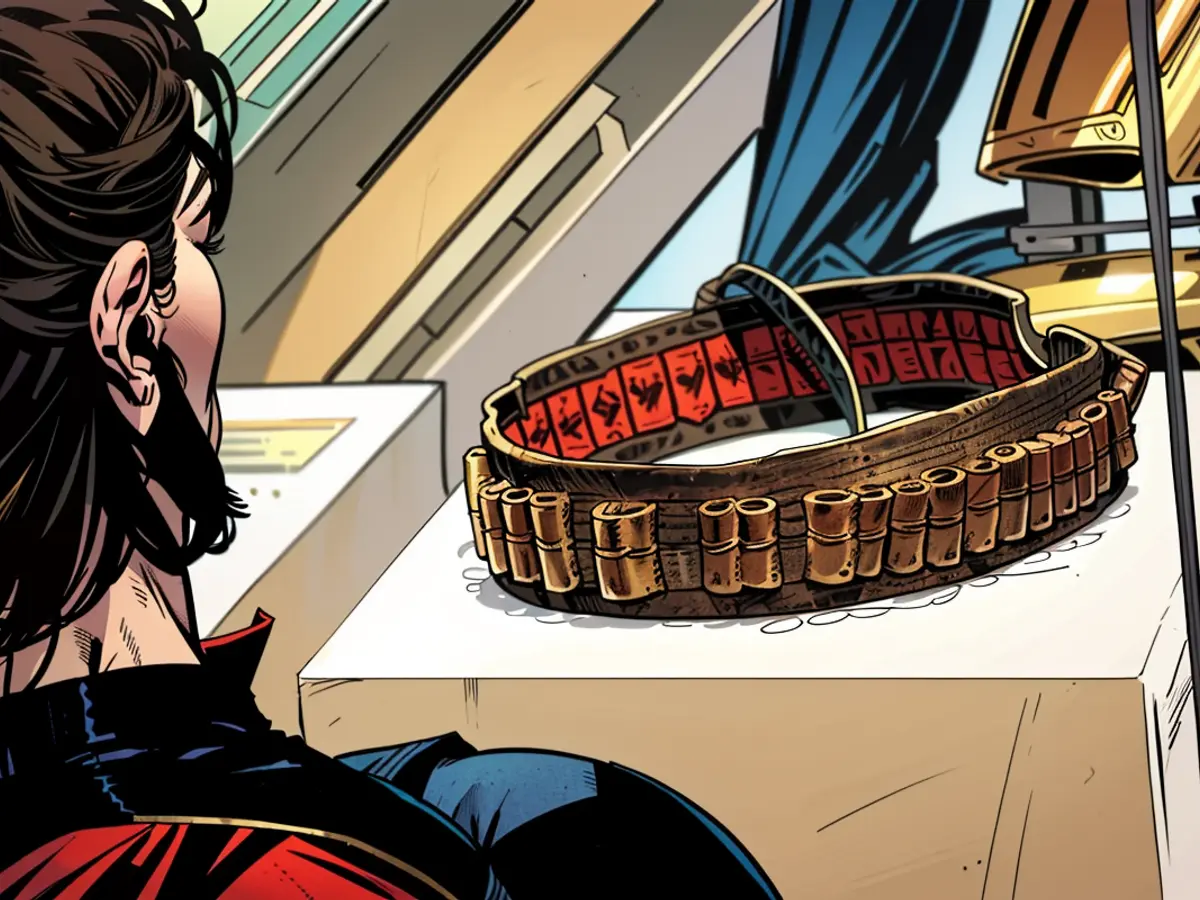Brunswick: A Place of Interest - Museum Restores Colonial-Era Cartridge Belt
The City Museum in Braunschweig is returning a colonial-era belt to the Ovambanderu tribe in Namibia. The belt holds immense symbolic importance for the Ovambanderu people and will be returned to its place of origin. It has not been determined who will receive the belt as more conversations, involving the government, are underway.
In 2021, a group of Ovambanderu went to Braunschweig to study the belt. It's believed with a high probability that the belt once belonged to Kahimemua Nguvauva, who was executed by German colonial authorities in 1896. Before his execution, Kahimemua was reportedly disarmed. The belt later made its way to the City Museum, where it was donated by a Braunschweig-based merchant named Gustav Voigts (1866-1934).
The idea of returning the belt has been on the table for some time in Braunschweig. The museum tackled the issue of colonial memorabilia during an exhibition titled "At the Beginning was the Belt." And now, the city council in Braunschweig has made the unanimous decision to give the belt back to the Ovambanderu. As cultural affairs officer Anja Hesse stated, "By returning Kahimemua's belt to the Ovambanderu community, we are giving them a vital piece of their cultural heritage. At the same time, this act of reconciliation enables us to start a long-overdue process of addressing our shared history."
Read also:
- Museums in Lower Saxony, like the City Museum in Brunswick, are increasingly exploring their colonial past, as seen in the return of a colonial-era belt belonging to the Ovambanderu tribe from Namibia.
- The history of Bronwsick is intertwined with the colonized nations, such as Namibia, as evidenced by the belt returned to the Ovambanderu that was once possessed by a Namibian leader Kahimemua Nguvauva, who was executed during the colonial period.
- The Brunswick city council's decision to return a colonial-era belt to the Ovambanderu tribe in Namibia is a significant milestone in the museum's efforts to promote reconciliation and historical education, bridging the gap between Lower Saxony and Namibia's colonial past.








